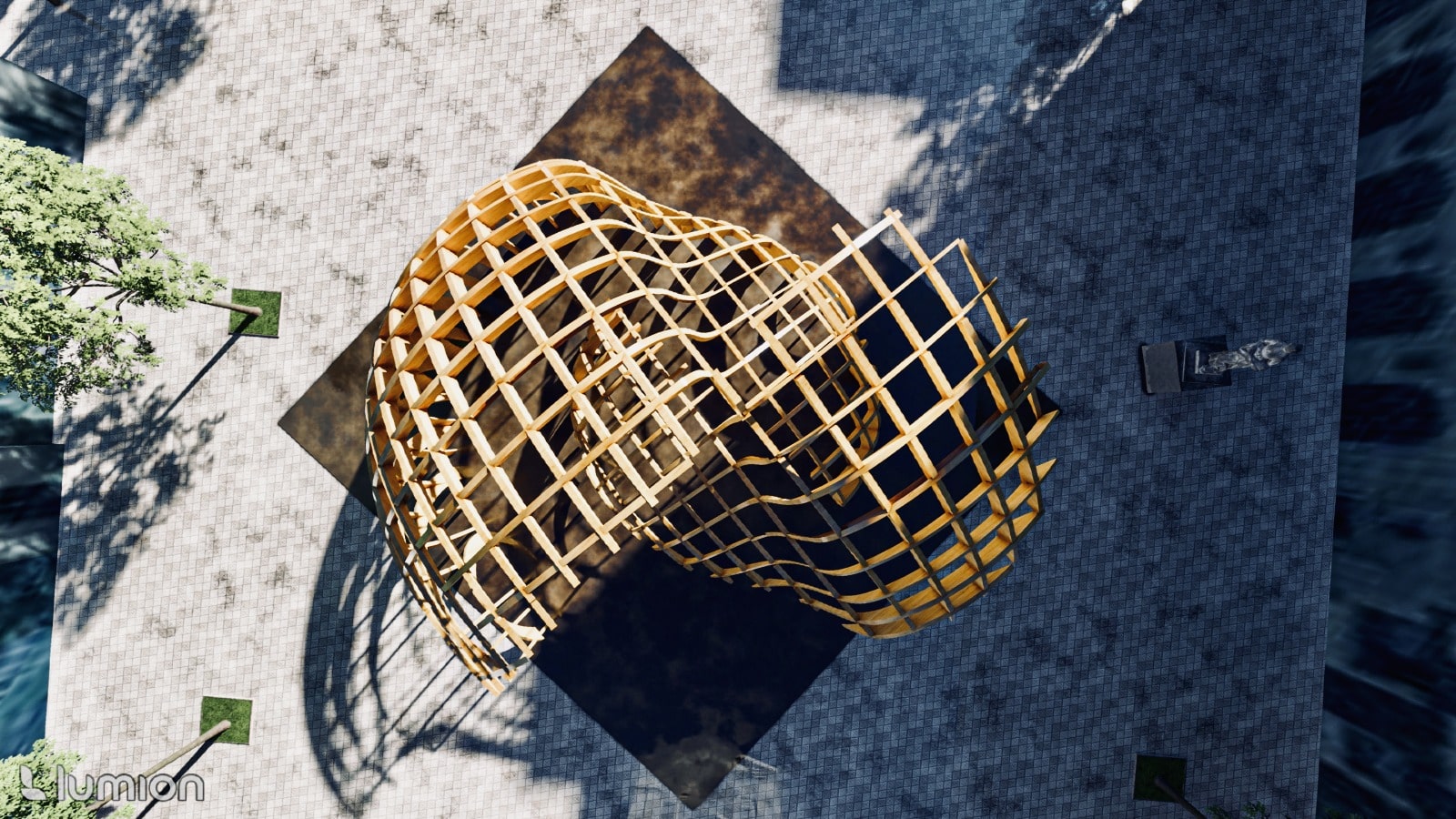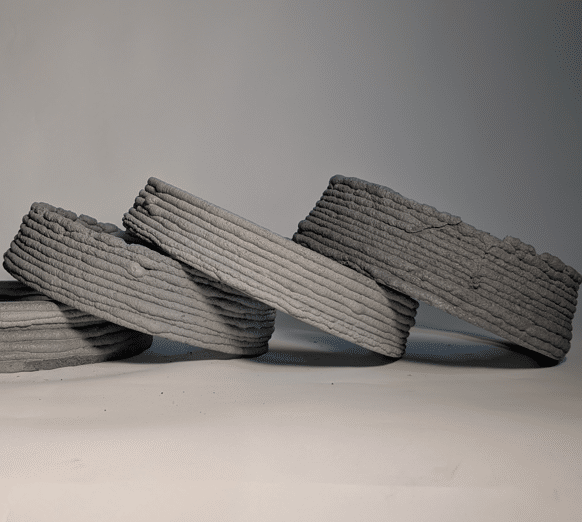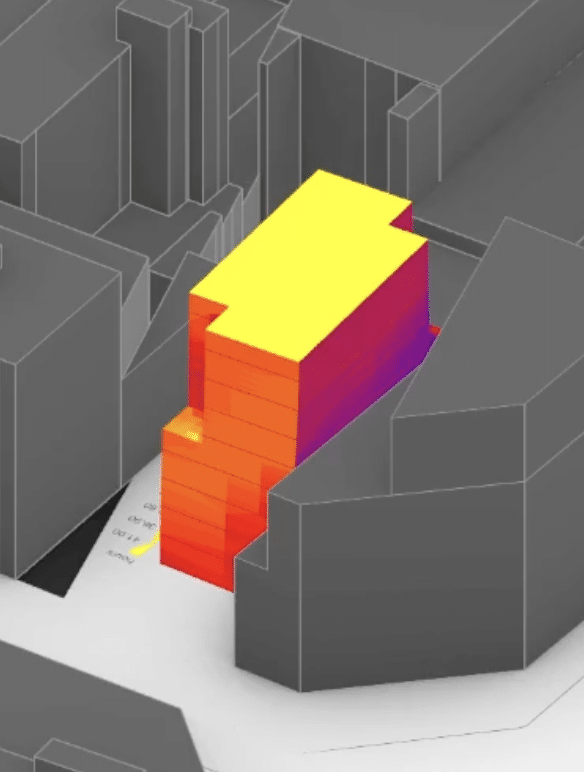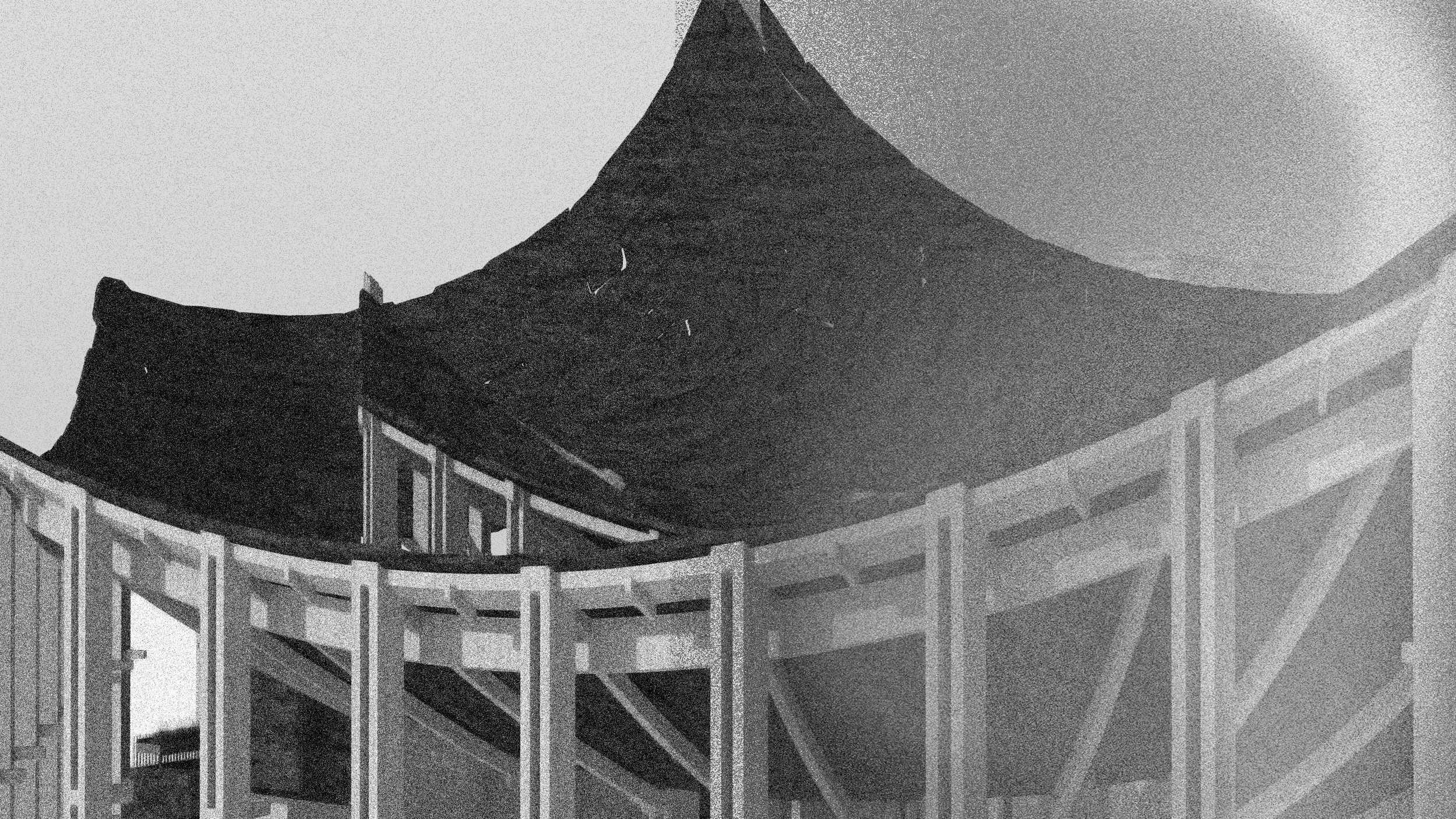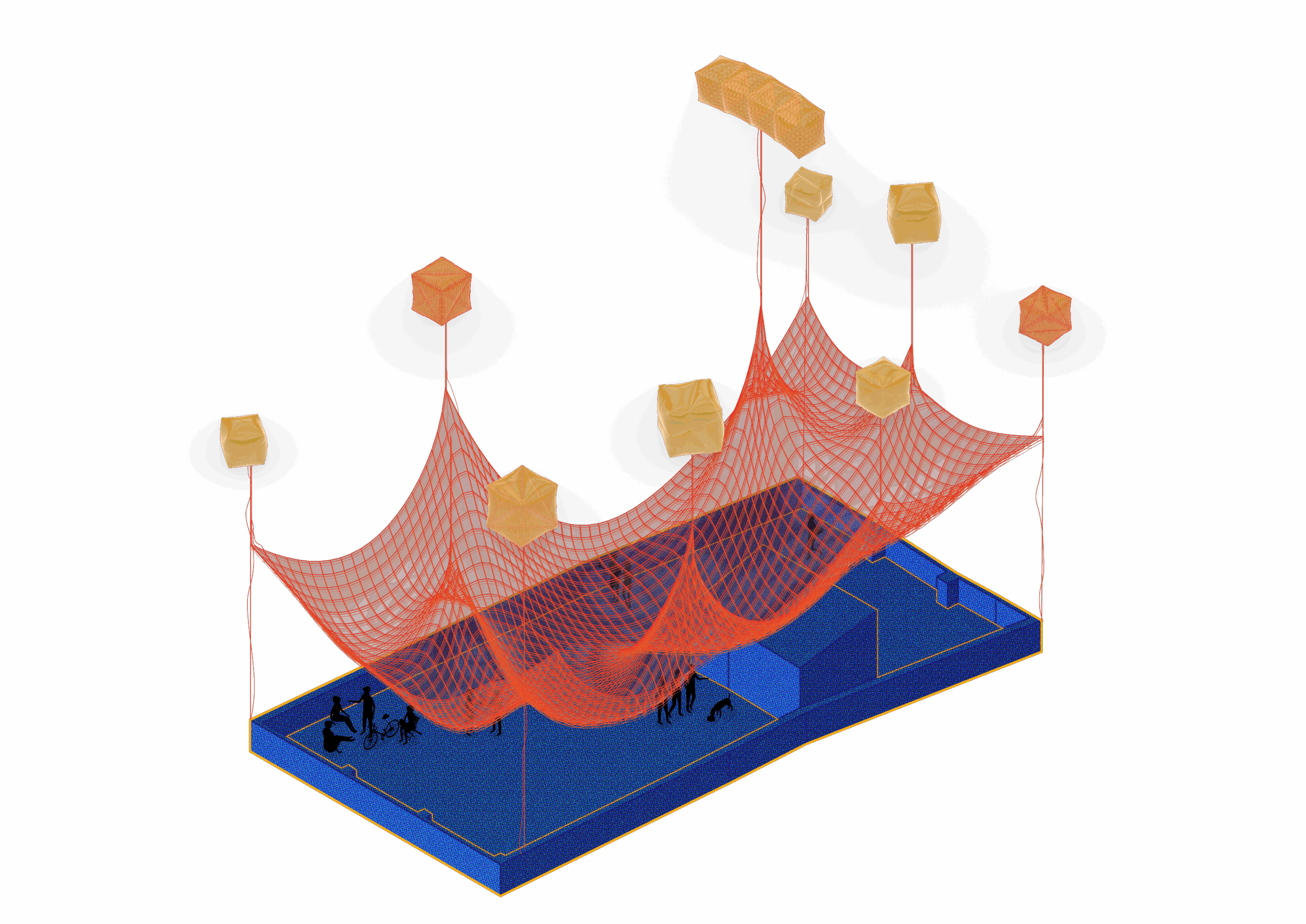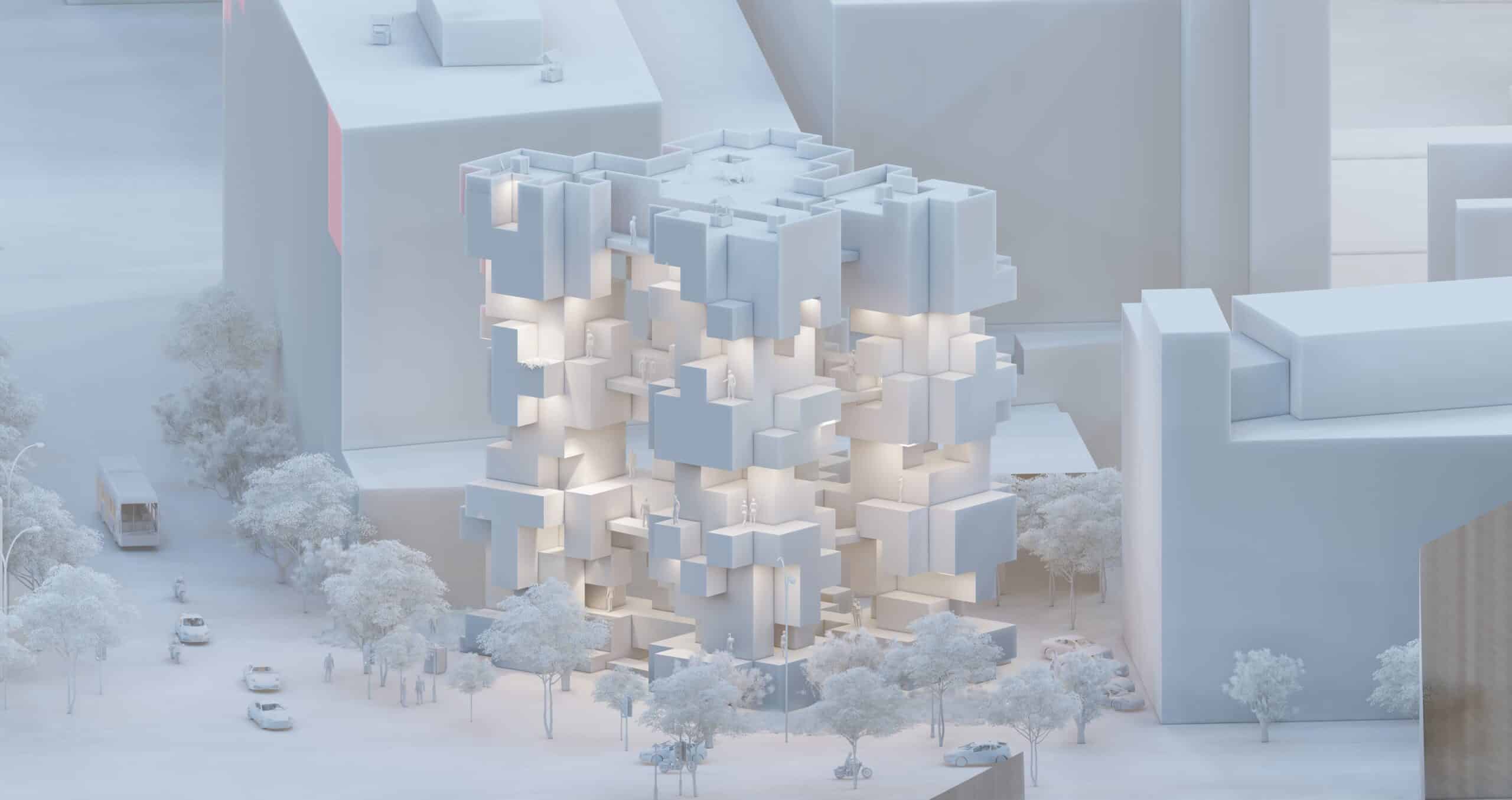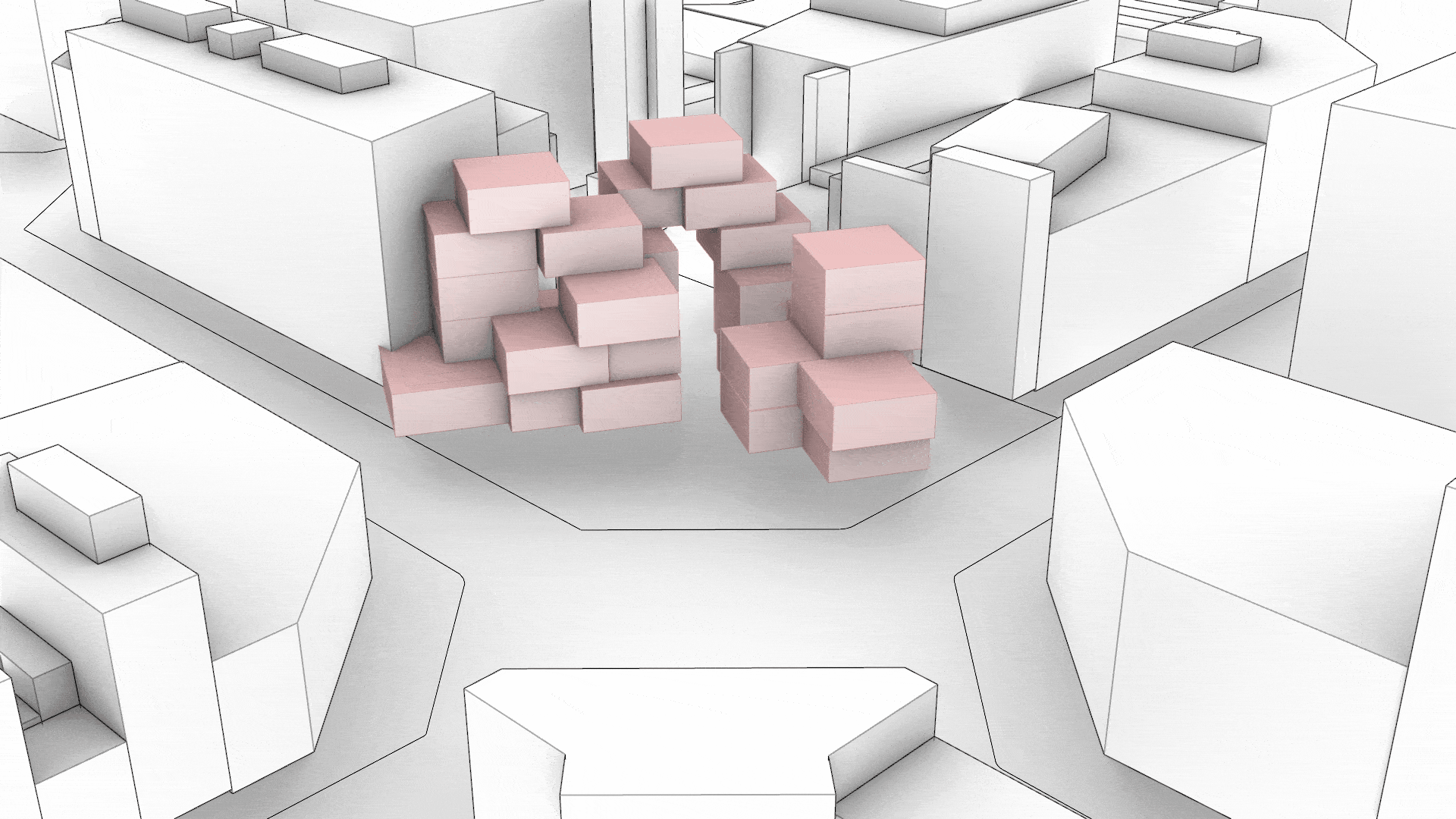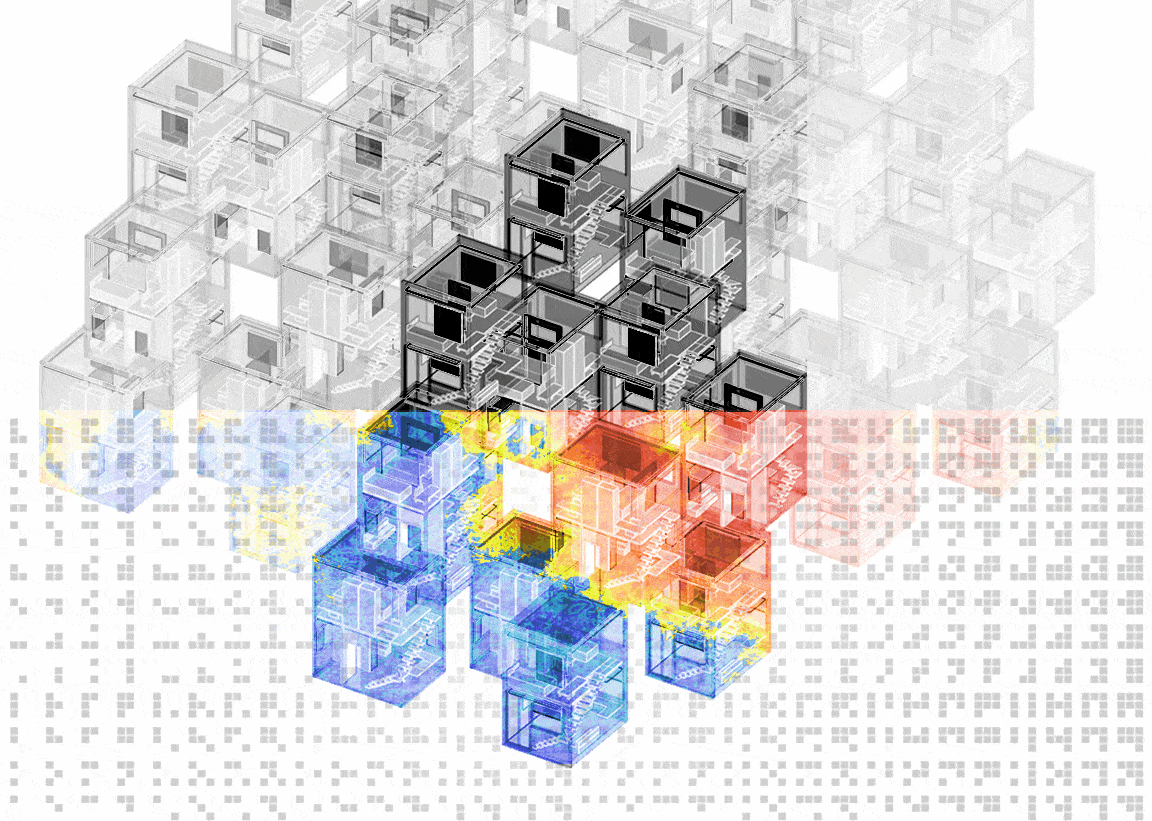The MAA is a visionary master program with an innovative and open structure, mixing diverse disciplines, shaping professionals capable of producing theoretical & practical solutions towards responsive cities, architecture & technology.
Facade Retrofit
This project explores the use of Augmented and Mixed Reality (AR/MR) technologies to enhance architectural design communication and decision-making. The mobile application allows users to select a facade design from a digital catalog and visualize it in real time on their existing buildings through their smartphone camera. After selecting a facade from the catalog, users can: The goal of the project … Read more
Bamboo Lens: Community AR Tools for Bamboo Construction
“Bamboo Lens” is an augmented reality application designed to empower local communities with hands-on guidance for sustainable bamboo construction. Using mobile AR, the app offers intuitive, step-by-step visual tutorials—from joinery details to full structural assemblies—enabling users to learn and build independently. Targeted for low-resource settings, the tool bridges traditional craftsmanship and digital learning, making bamboo … Read more
Ostara
SITE CONTEXT Ballina Methodist Church in Ballina in County Mayo. It was built in 1857 originally as a school. The old Methodist Church in Ballina was built in 1839. In 1983 the Methodist Church in Ballina relocated to this building. INSPIRATION Irish rock wall stacking is a centuries old dry stone technique characterized by carefully … Read more
Rut’s Shell
Previously known as Echo De Rut, our pavilion design in Plaça de la Virreina has undergone a thoughtful revision, focusing on both improved fabrication methodology and greater environmental sensitivity. The initial proposal, composed of thin copper fragments loosely assembled, proved to be premature—both structurally unrealistic and impractical for real-world construction. Moreover, copper is not an … Read more
Carbon Envelopes
a BIOCHAR BASED concrete WITH A negative carbon footprint BARA is an opportunity to build negative carbon constructionsystems by rethinking concrete and methods used in the buildingindustry. Using on-site 3D printing and casting, entire buildings can beconstructed with reduced cement while storing and capturing carbon. The focus is on optimizing and improvingstructural performance, enhancing carbon … Read more
Genetic Optimization,Generating the Optimal Building Design
Generating the Optimal Pavilion Design through Sunlight-Driven Evolutionary AlgorithmsLocation: Poblenou, Barcelona This project explores a generative design workflow applied to pavilion architecture in Poblenou, Barcelona, where sunlight is a critical environmental factor. Using evolutionary algorithms, we generate an optimized pavilion form that responds to solar exposure, ventilation, and material efficiency. Inspired by the natural selection principle from John Holland’s genetic … Read more
Fractal 25
Located in Poblenou, this student housing project comprises 25 modular units organized through solar optimization. Using Galapagos, the massing evolved through iterative simulations based on incident radiation, calibrating orientation and spacing to maximize winter sunlight while mitigating summer heat gain. The result is a compact, climate-responsive structure where environmental logic shapes architectural form—balancing solar access, … Read more
Domus-X
DomusX is a modular pavilion designed using the Assembler plugin in Grasshopper, exploring parametric assembly systems for adaptive architecture. The structure consists of interlocking components that can be easily reconfigured or expanded, allowing flexibility in design and use. DomusX promotes sustainable, site-responsive design through modularity and digital fabrication. DomusX leverages Assembler’s generative capabilities to create … Read more
Evo-Core
GENETIC OPTIMIZATION OF THE STRUCTURAL WARDROBE ELEMENTS Project Abstract The structural wardrobe is reimagined as the primary vertical load-bearing core in a compact architectural system ( From the Data Informed Structures 2024-2025). Acting as both a partition and a support, this wardrobe spans between floor and ceiling, bearing compressive and tensile loads while housing essential … Read more
RESPIRA
This project explores the climatic optimization of modular student housing units located in Barcelona, each with dimensions of 5m x 4m x 7.5m. The focus is on developing comfortable, energy-efficient living spaces by strategically analyzing and refining the positioning of openings, enabling effective cross ventilation, and incorporating humidity-absorbing esparto material as part of the building … Read more
Post Solar Logics
Optimizing Student Housing with Sunlight-Driven Computation This project uses Ladybug and Galapagos within Grasshopper to optimize the form and massing of a student housing complex based on solar performance. Ladybug was used to run radiation and sun-hour analyses, helping evaluate how different configurations received sunlight throughout the year. Galapagos, a genetic algorithm solver, was applied … Read more





